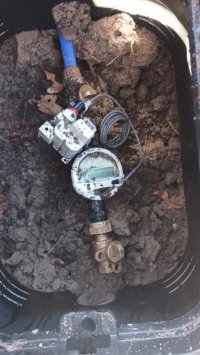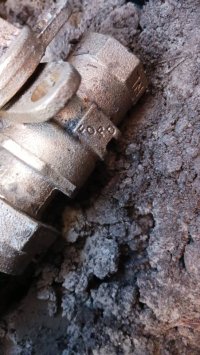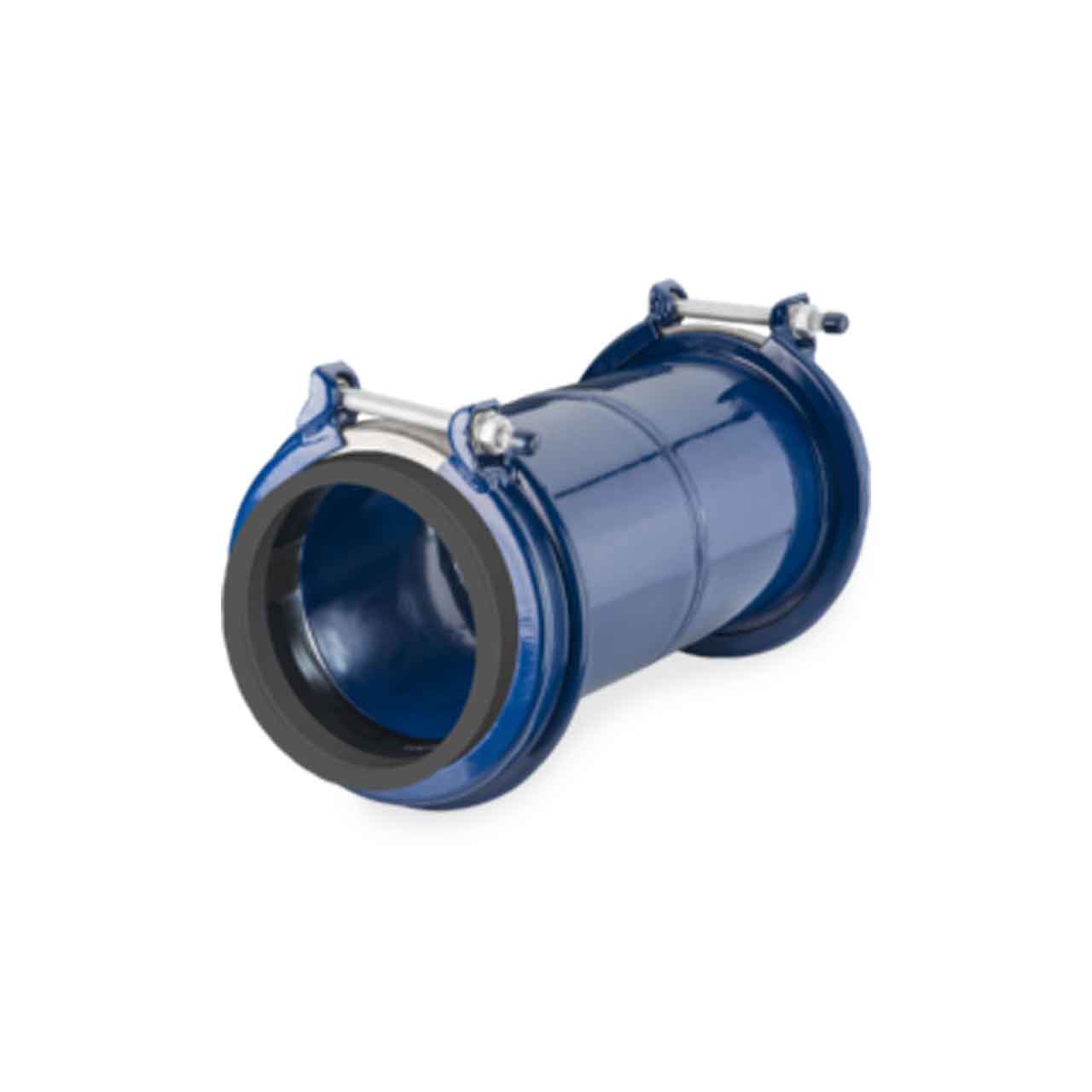Hello
we have about 1300 feet from water meter to the house. This is in Texas ... I was looking at PEX online and it look like the price difference between 11/2 (1.5) inch and 2 inch is about 5 times.. also for 2 inch i am only seeing 100 ft rolls, where as for 1.5 inch there is 300 to 500 ft rolls..
The meter hand off is 5/8 - can i get by 1.5 inches for such a long distance ?? i dont need it for outside irrigation. It will be just for a house with about 10 fixtures, and a RV 2-3 fixtures... appreciate any suggestions on the right way to go it.. Also is it worth going with 2 inch here for the additional cost or use a booster close to the house ? Also, what kind of fittings are best for joining the rolls ?
we have about 1300 feet from water meter to the house. This is in Texas ... I was looking at PEX online and it look like the price difference between 11/2 (1.5) inch and 2 inch is about 5 times.. also for 2 inch i am only seeing 100 ft rolls, where as for 1.5 inch there is 300 to 500 ft rolls..
The meter hand off is 5/8 - can i get by 1.5 inches for such a long distance ?? i dont need it for outside irrigation. It will be just for a house with about 10 fixtures, and a RV 2-3 fixtures... appreciate any suggestions on the right way to go it.. Also is it worth going with 2 inch here for the additional cost or use a booster close to the house ? Also, what kind of fittings are best for joining the rolls ?
Last edited:




